Bespoke Partnership
How VCUarts Qatar is weaving local roots into global creative conversations
Through the university's arts, design, and humanities programmes, dean Amir Berbić is spearheading a unique blend of heritage and future-forward thinking for students to create a design language that captures Qatar’s continually shifting cultural landscape
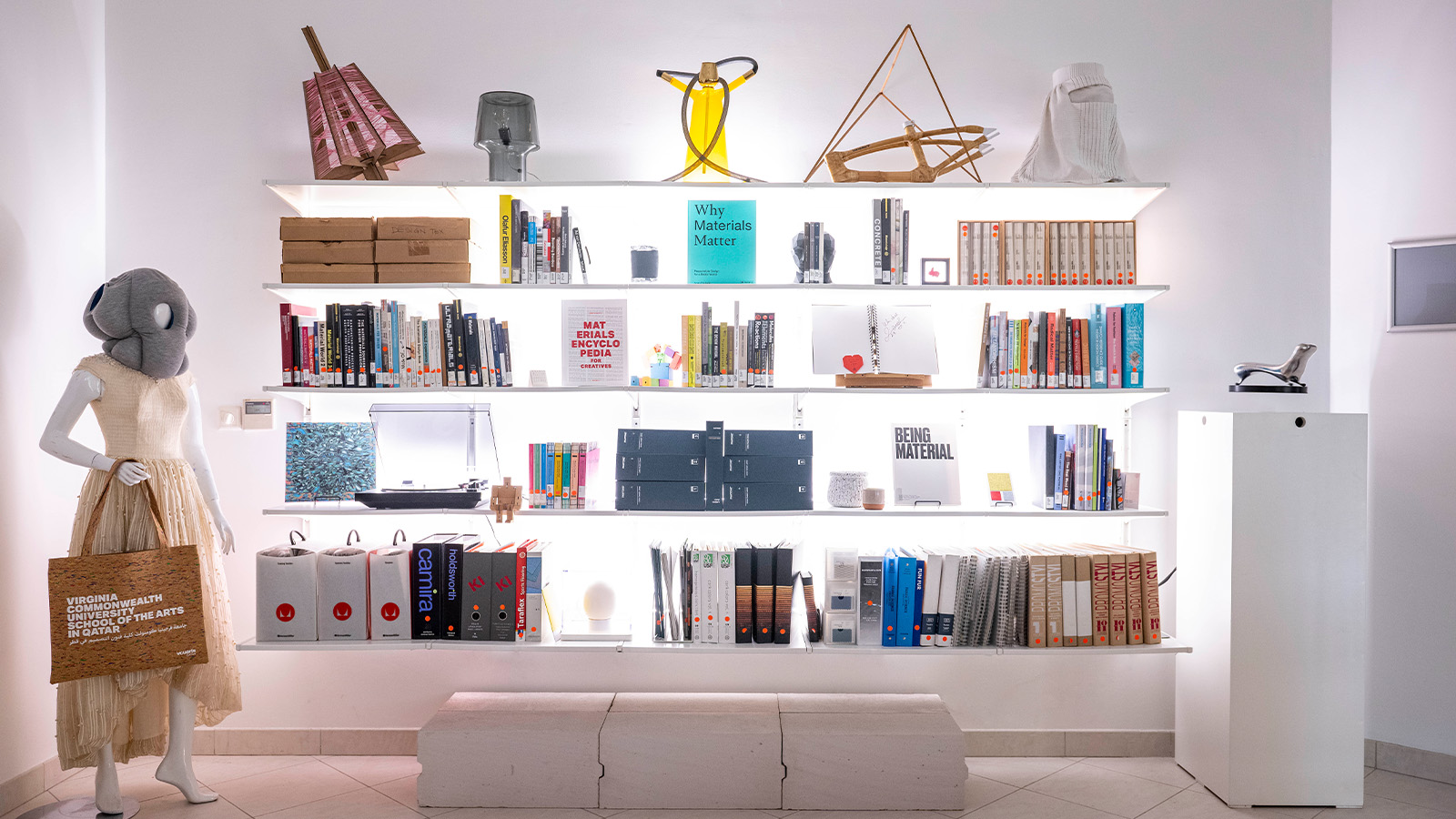
In Partnership With VCUarts Qatar
Located in the aptly named Education City in Doha, Qatar, is VCUarts Qatar, a university focused on social and cultural development seen through the arts, design, and the humanities.
The university, which was founded in 1998, is a branch of Virginia Commonwealth University in the United States and is a partner of the Qatar Foundation. Acting as the university’s Qatar campus, it blends VCU’s innovation with the traditions of the local area.
Discover VCUarts Qatar's programmes spearheading a unique blend of heritage and future-forward thinking

The educational focus is deeply rooted in creativity, offering students the opportunity to earn a Bachelor of Fine Arts degree in Graphic Design, Interior Design, Kinetic Imaging, and Painting and Printmaking, a Bachelor of Arts degree in Art History, and a Master of Fine Arts degree in Design.
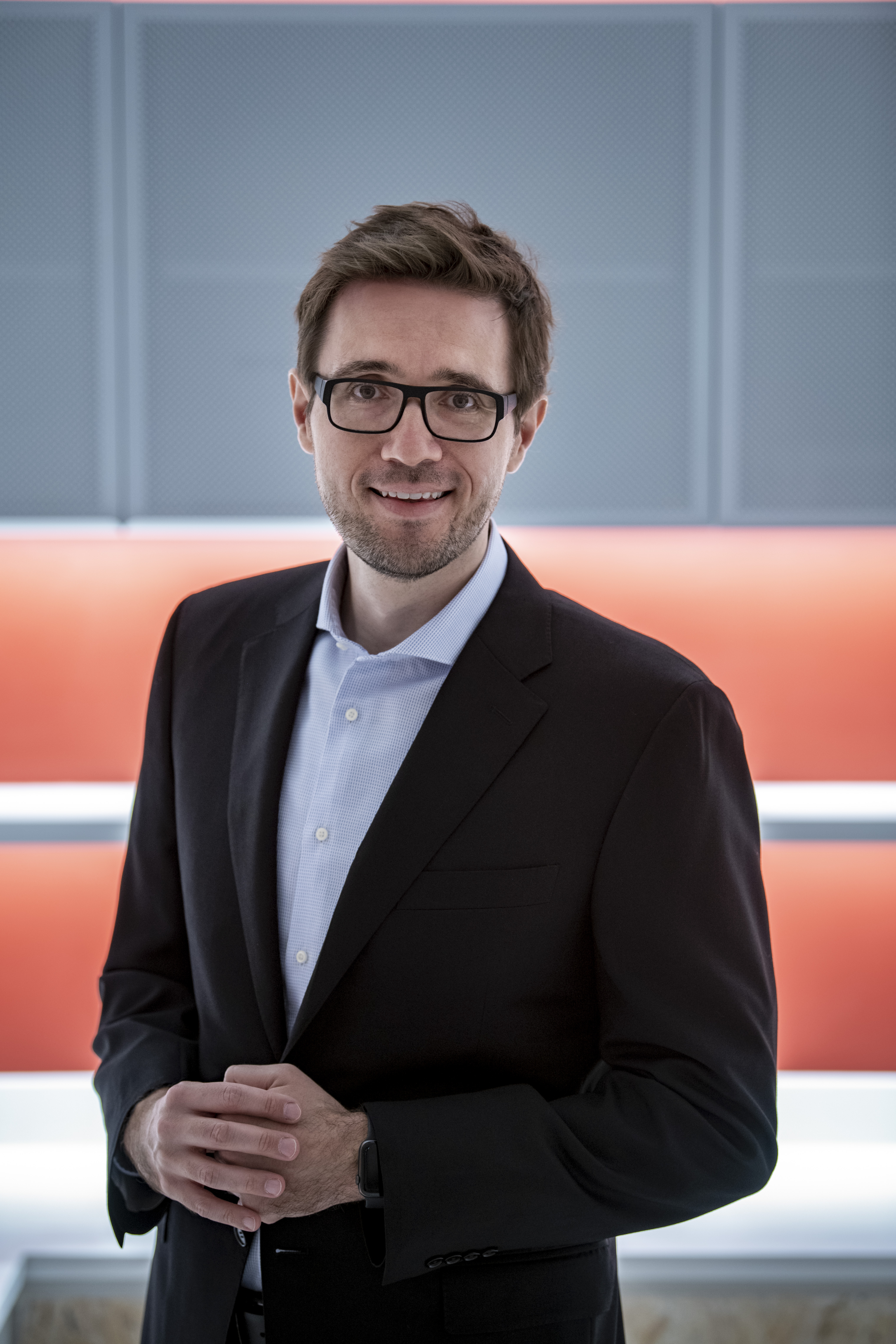
Dean Amir Berbić
The university is spearheaded by dean Amir Berbić, a graphic designer whose work is rooted in posing questions surrounding identities of place. Prior to becoming dean of VCUarts Qatar in 2019, he was a tenured professor and chair of graphic design at the University of Illinois at Chicago (UIC), where he also served as associate dean at the UIC College of Architecture, design and the arts, and as acting director of the UIC School of Design.

Having personally collaborated on projects with varying cultural organisations, arts institutions, and publishers, and undertaken commissions that range from print design to three-dimensional typography and environmental graphics, Berbić has a clear vision on Qatar’s design language, telling Wallpaper*, ‘If I were to create a graphic language that responds to Qatar, it wouldn’t be about representing the place but about engaging with it, tracing the many layers that coexist here at once. The identity of any place is never static, but this is especially true in Qatar, where histories, migrations, and imagined futures converge and continually reshape one another.’
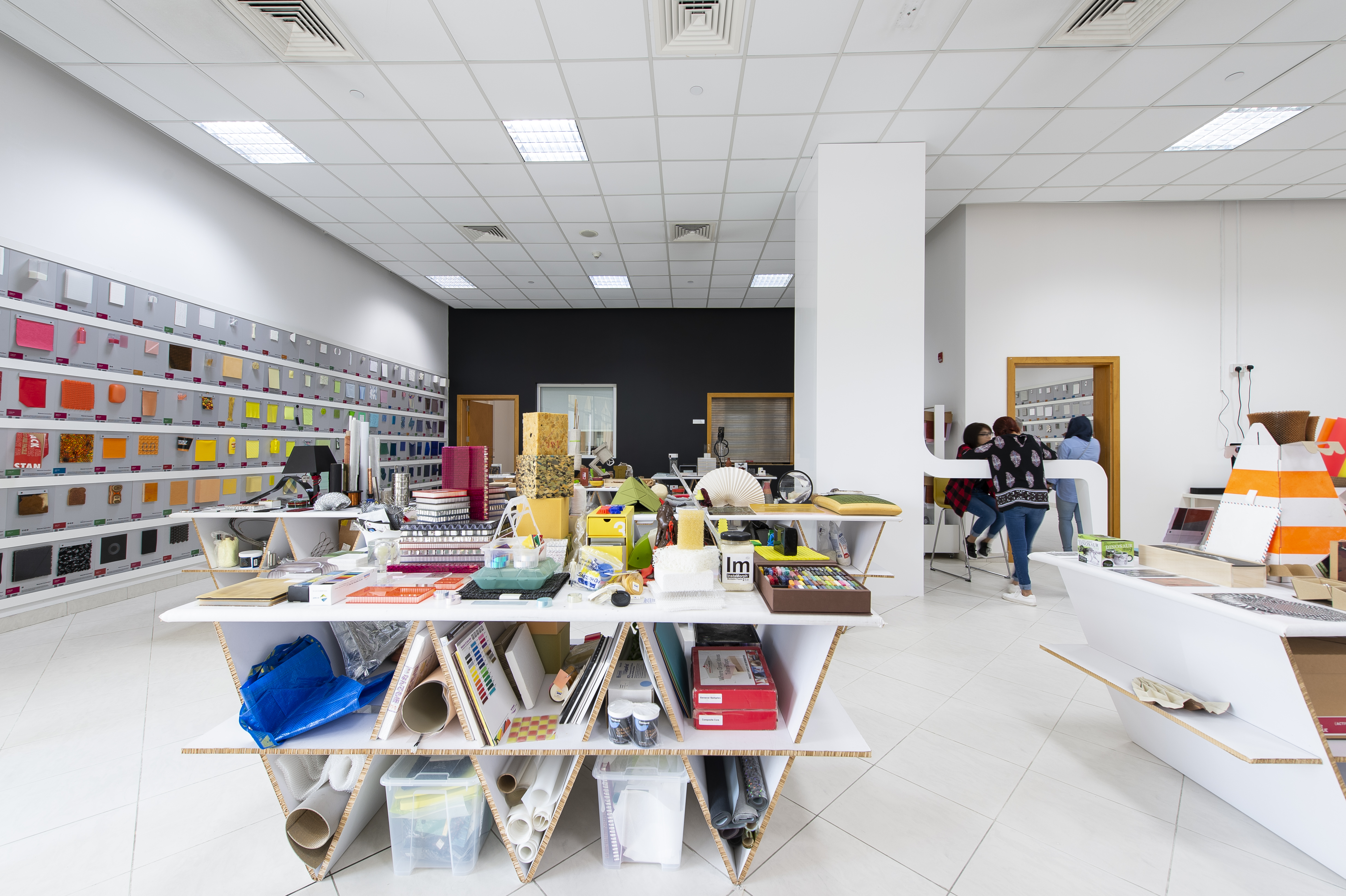
Berbić continues, ‘Any design response would have to move within that fluidity – to exist in a constant state of becoming. It would be less a fixed form than a living system, one that shifts, adapts, and responds to its context. In a place where Arabic, Urdu, Hindi, Farsi, English, Tagalog, Swahili, and many other languages are spoken alongside one another, design would also need to acknowledge this polyphony – the simultaneity of languages, experiences, and ways of belonging. Rather than aiming for a single, definitive image, design could capture the shifting relationships that give the place its texture.’ The dean is clear that the students and faculty try to explore these very questions through their creative practices, resulting in complex works of identity and belonging.
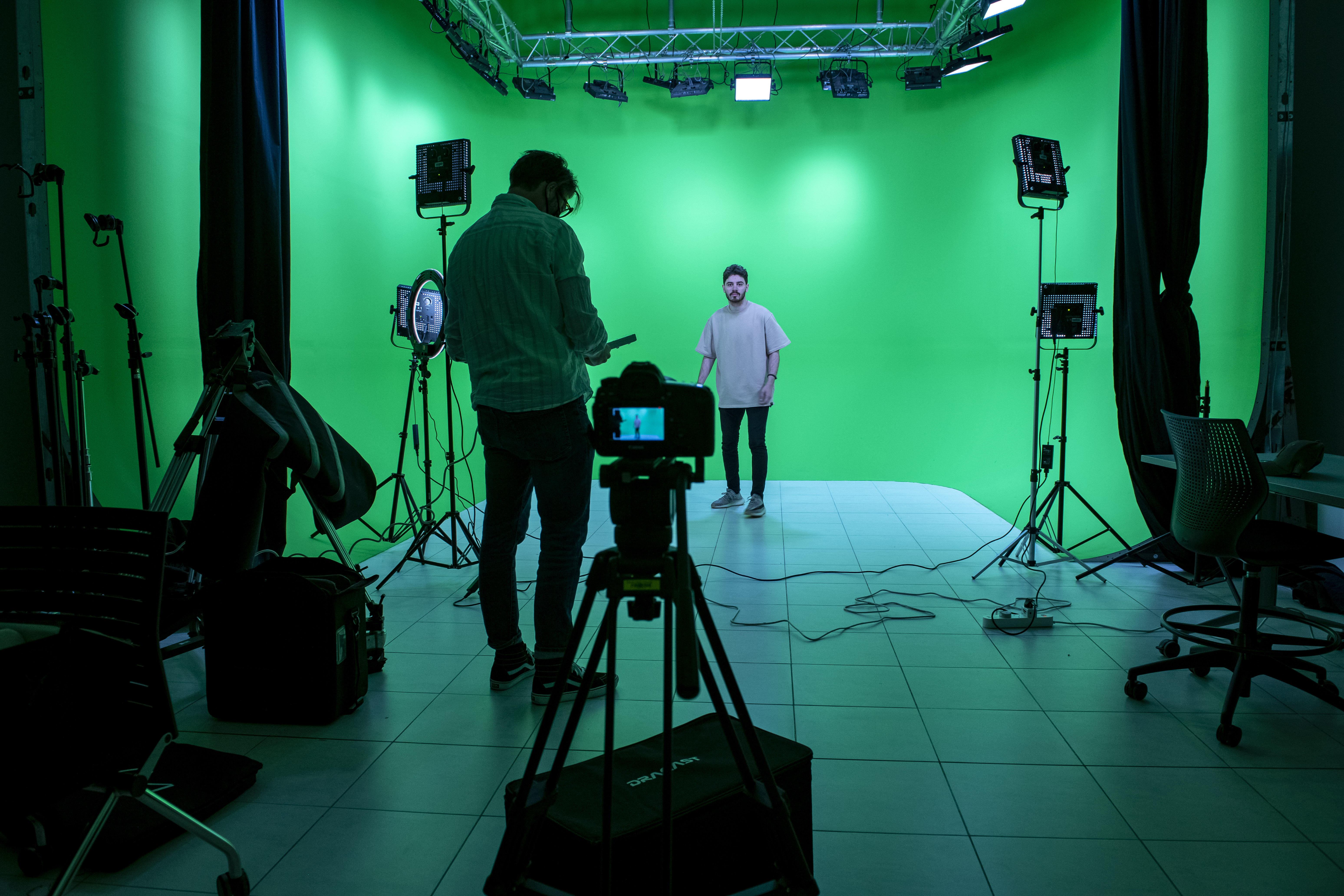
The university also hosts the biennial international art and design conference Tasmeem Doha and the biennial Hamad bin Khalifa Symposium on Islamic Art. It has also participated in international exhibitions such as the London Design Biennale and Ars Electronica.
‘The involvement with internationally recognised platforms demonstrates how the university extends its creative influence beyond national borders while amplifying Qatar’s global cultural identity,’ shares Berbić. ‘These exhibitions allow faculty, alumni and students to present research and projects that engage with timely global issues, ranging from technological ethics to environmental sustainability. In turn, VCUarts Qatar is positioned not just as a participant in global conversations around art and design, but as a contributor shaping those conversations with a distinctive voice rooted in both tradition and innovation.’
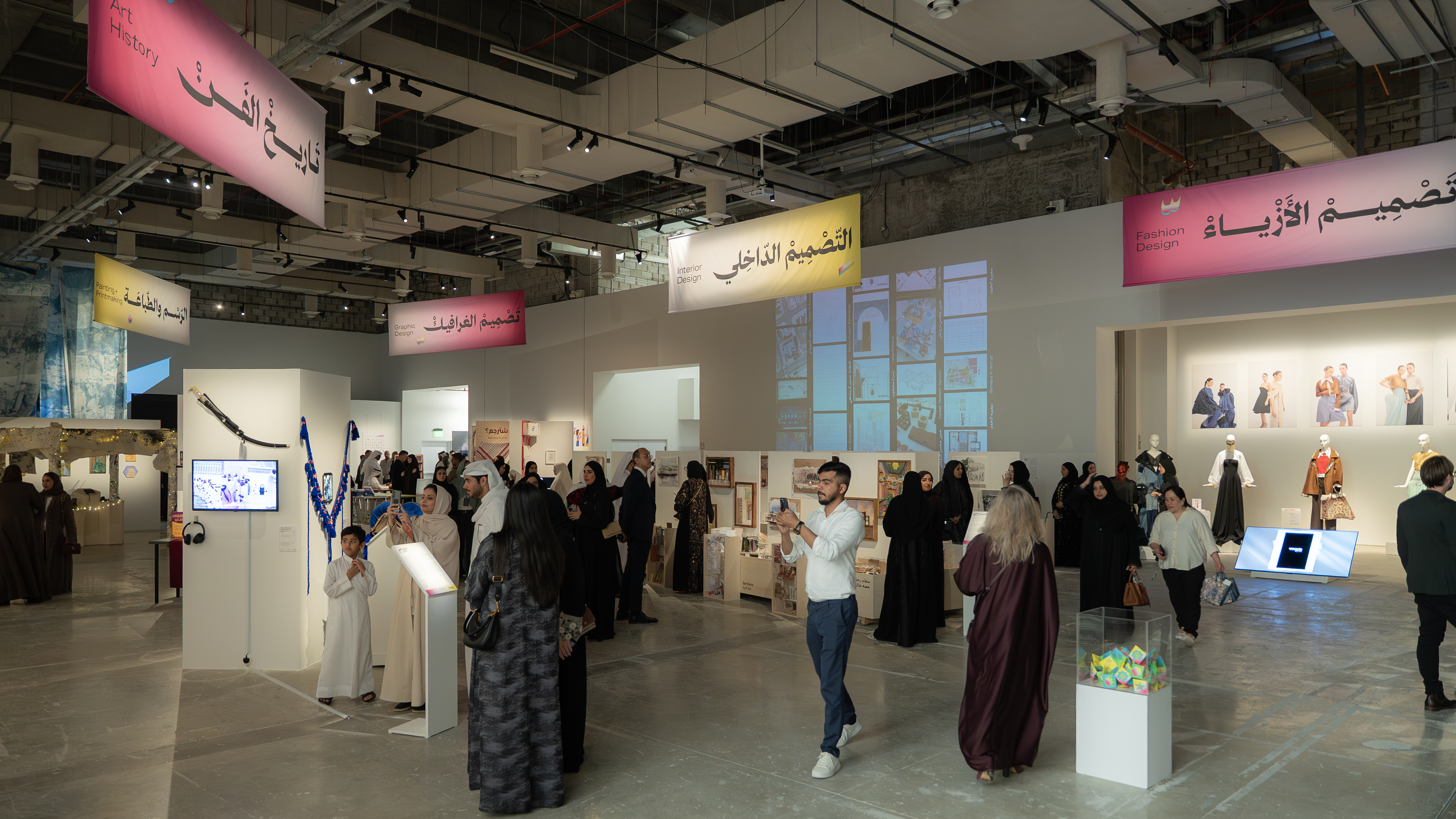
The result is an art and design education that helps students probe possibilities and make an impact, as Berbić notes: ‘Design is about people. And people live in particular places, shaped by distinct cultures, histories, languages, climates, and values. Good design pays attention to that. It listens. It adapts. It fits the context. What works beautifully in one part of the world might fall completely flat somewhere else – or worse, feel out of place or inappropriate.
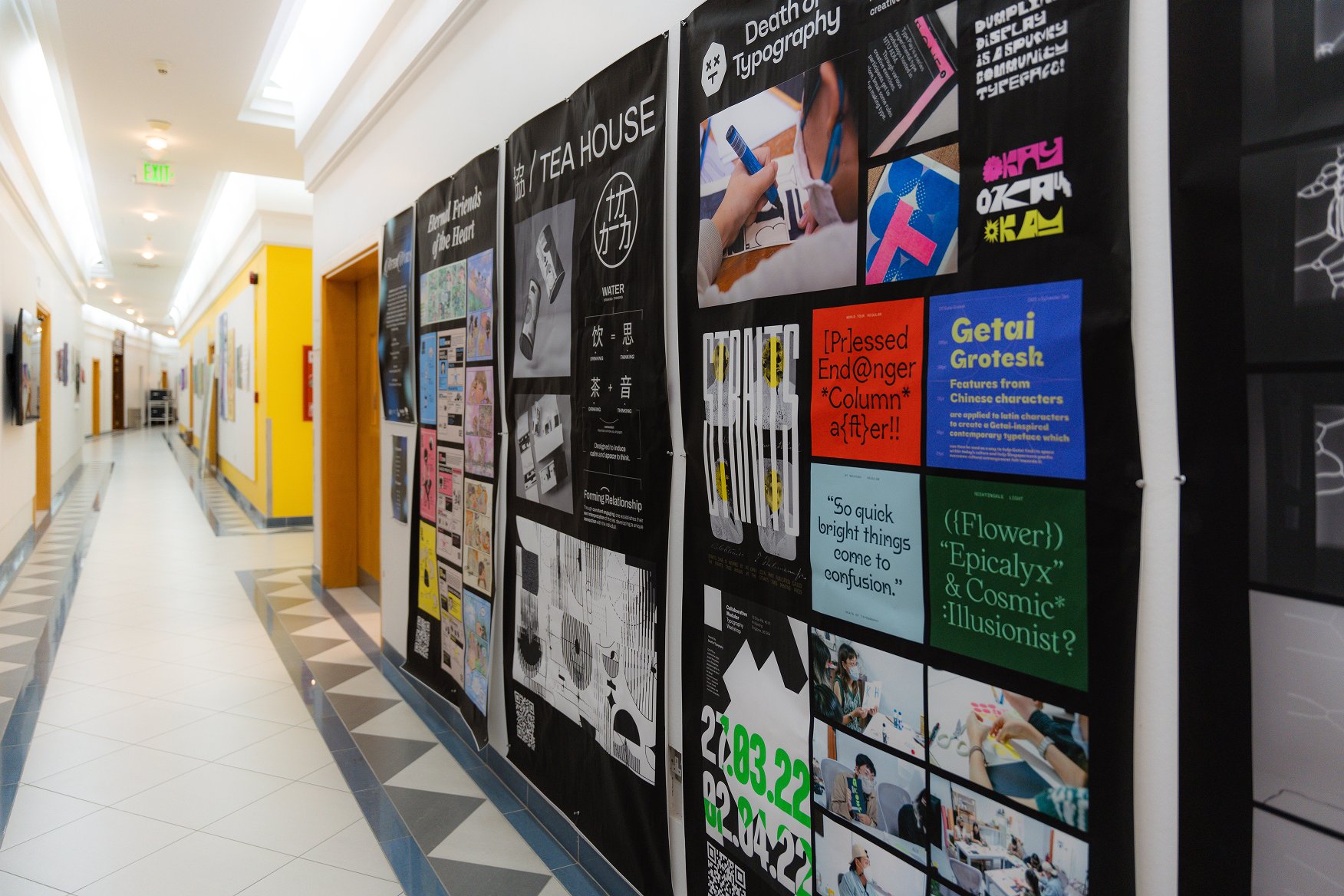
‘When we travel with our designers, artists, and researchers, we carry with us ideas shaped by Qatar, by the Middle East, or by a fusion of their roots and their experiences here. These perspectives become part of a broader conversation, offering fresh insights into challenges being faced elsewhere. Even in a globalised environment, design is, at its core, a local act.’
Receive our daily digest of inspiration, escapism and design stories from around the world direct to your inbox.
Tianna Williams is Wallpaper’s staff writer. When she isn’t writing extensively across varying content pillars, ranging from design and architecture to travel and art, she also helps put together the daily newsletter. She enjoys speaking to emerging artists, designers and architects, writing about gorgeously designed houses and restaurants, and day-dreaming about her next travel destination.
-
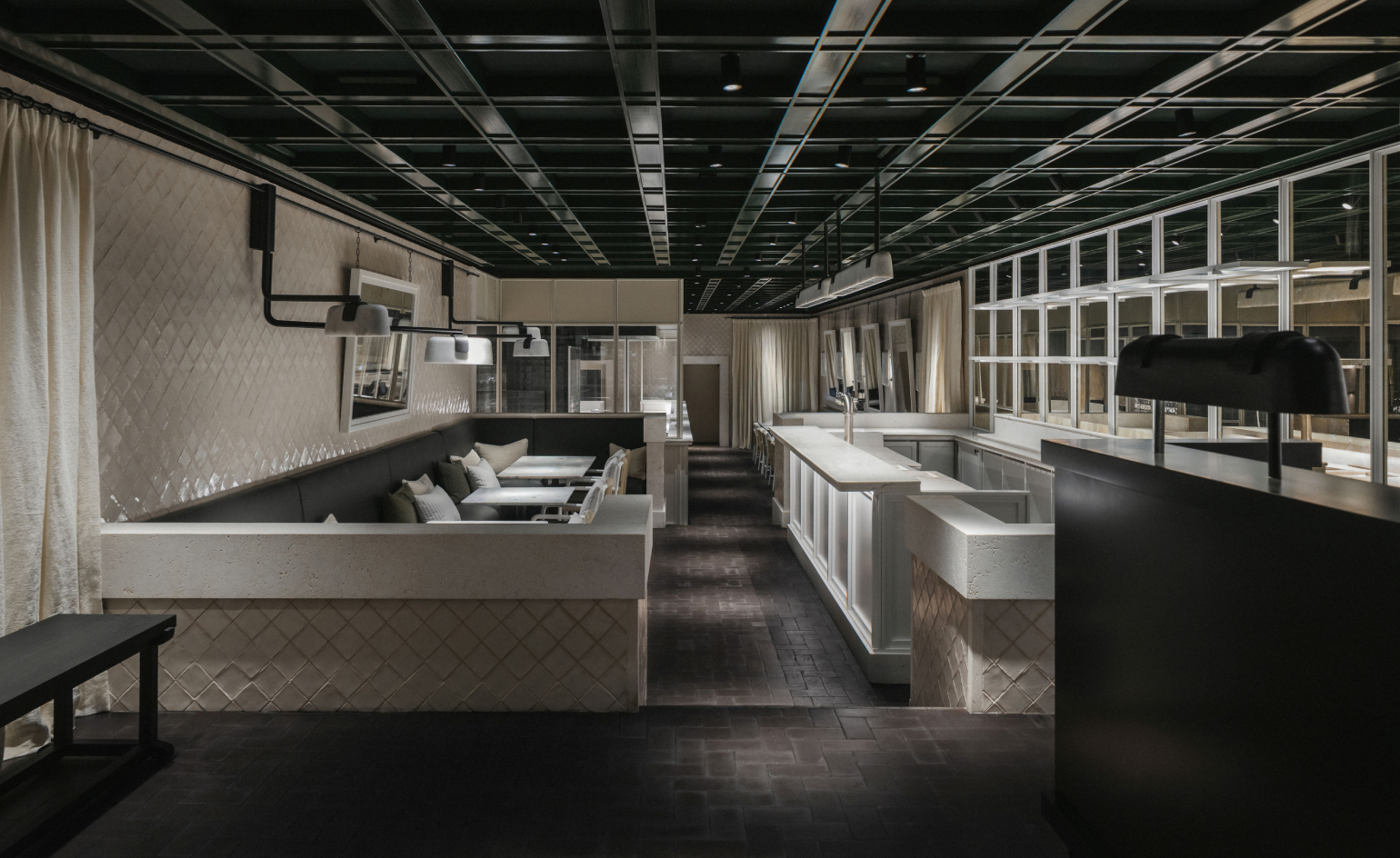 Vincent van Duysen reimagines Lisbon dining at Jncquoi Fish
Vincent van Duysen reimagines Lisbon dining at Jncquoi FishA minimalist yet richly textural world sets the tone at a buzzy new Lisbon restaurant, where Portuguese craft, Atlantic produce and fine-tuned gastronomy meet
-
 Woodstock House reinterprets modernist legacy through 21st-century sustainability
Woodstock House reinterprets modernist legacy through 21st-century sustainabilityLocally sourced materials and high design ambition merge in the newest residential work by Belgium’s BC Architects & Studies & Materials
-
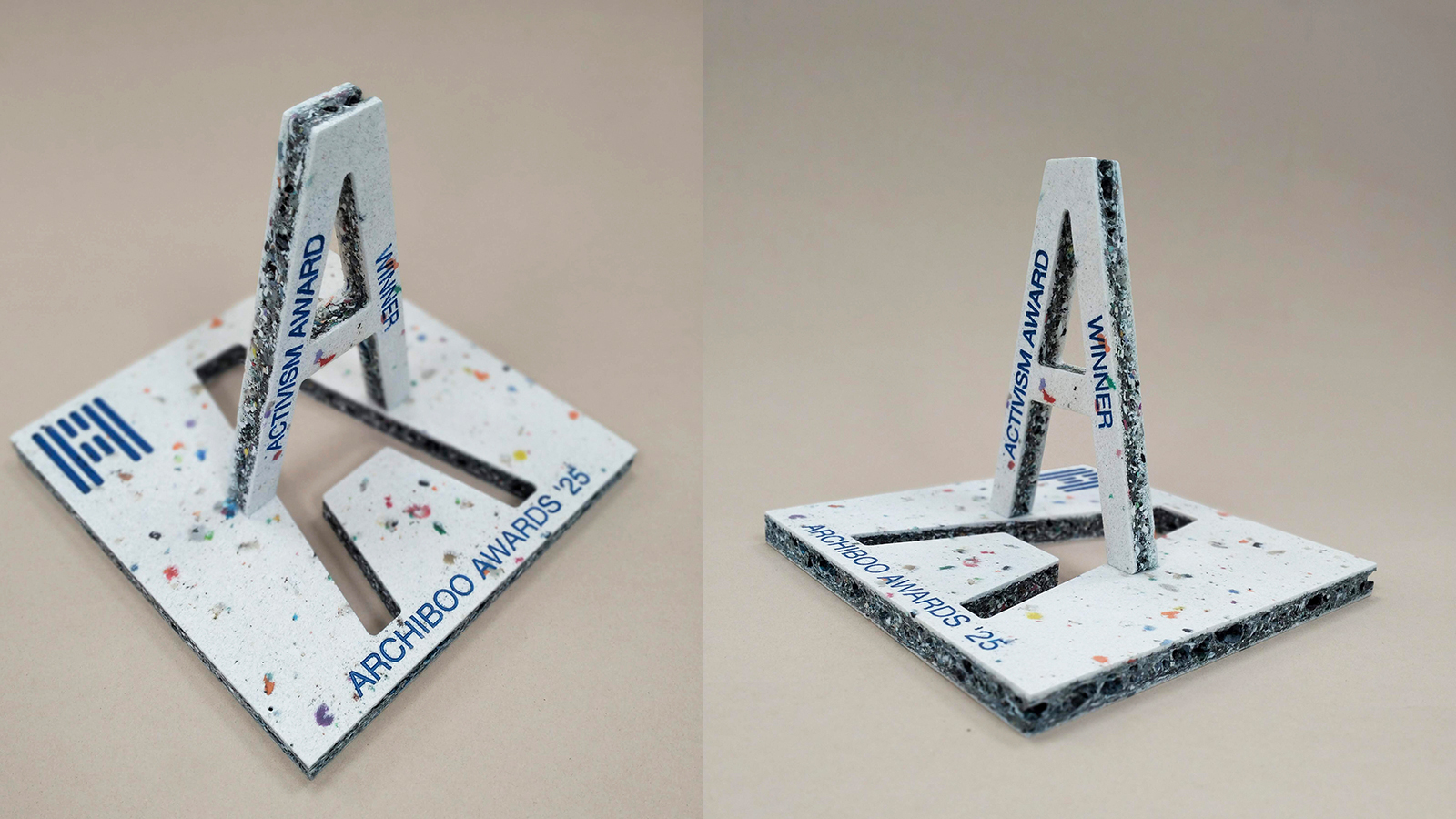 Archiboo Awards 2025 revealed, including prizes for architecture activism and use of AI
Archiboo Awards 2025 revealed, including prizes for architecture activism and use of AIArchiboo Awards 2025 are announced, highlighting Narrative Practice as winners of the Activism in architecture category this year, among several other accolades